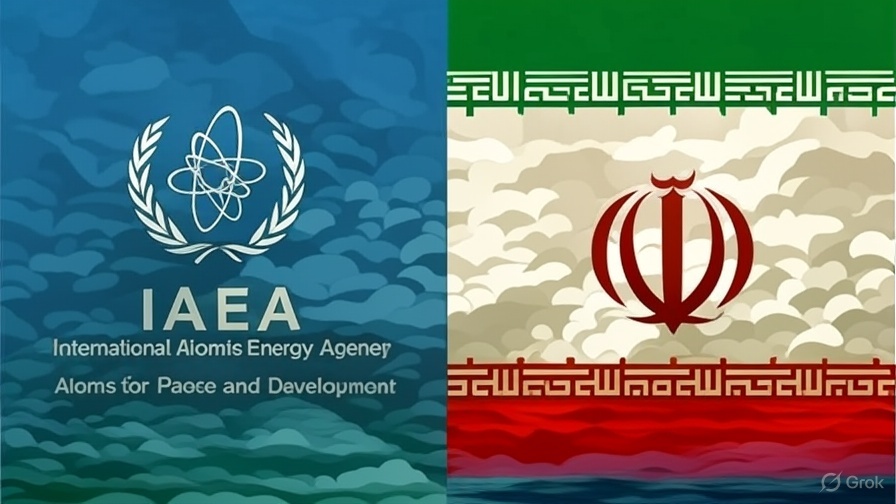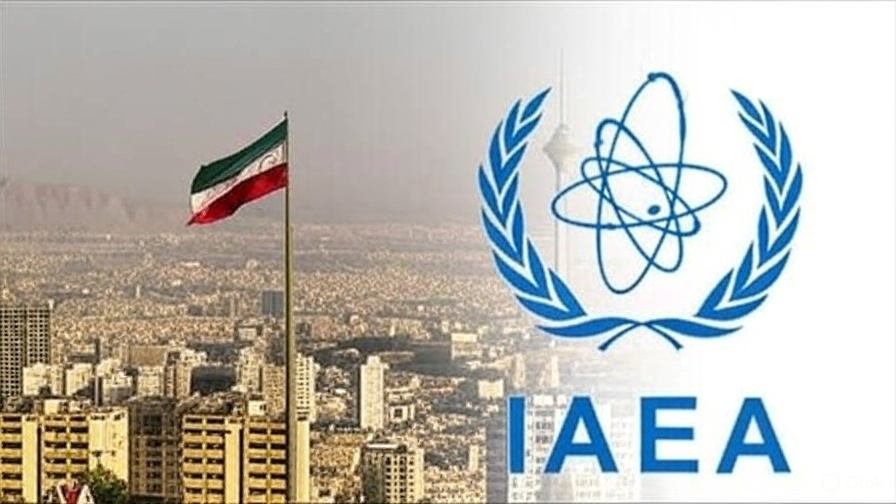Iran’s nuclear program is a global hotspot, and the International Atomic Energy Agency (IAEA) is scrambling to keep it in check as missiles fly and tensions soar. In 2025, with Israel and the U.S. hammering Iran’s nuclear sites and Tehran slamming the door on inspectors, the IAEA’s mission to ensure Iran’s nuclear work stays peaceful is teetering on the edge. From crippled facilities to secret stockpiles, the agency’s oversight is a high-wire act in a region ready to ignite. How’s the IAEA holding up under pressure? Let’s unpack the drama shaking the Middle East.
The IAEA’s job in Iran is rooted in the 1970 Nuclear Non-Proliferation Treaty (NPT), which Iran signed, binding it to declare all nuclear materials and allow inspections to prevent weapons development. Under its Comprehensive Safeguards Agreement (CSA) and the 2015 Joint Comprehensive Plan of Action (JCPOA), Iran agreed to strict monitoring, including cameras, sensors, and on-site visits at key sites like Natanz, Fordow, and Isfahan. But since the U.S. ditched the JCPOA in 2018, Iran’s rolled back cooperation, and 2025’s attacks have made things messier. “We’re flying half-blind,” IAEA Director General Rafael Grossi told the UN Security Council on June 20, warning that Iran’s program is tougher to track than ever.

What’s Happening in 2025?
Israel’s June 13 strikes on Natanz’s Fuel Enrichment Plant wrecked its power infrastructure, while U.S. B-2 bombers hit Natanz, Isfahan, and Tehran’s research facilities days later, damaging centrifuge workshops and a uranium conversion plant. The Khondab Heavy Water Research Reactor in Arak took a hit on June 19, but with no nuclear material inside, there’s no radiation risk—yet. Fordow, Iran’s fortress-like enrichment hub buried under a mountain, dodged major damage, still churning out 60% enriched uranium—close to the 90% needed for bombs. The IAEA’s confirmed no off-site radiation spikes, but Grossi’s worried: Bushehr’s operational reactor, if hit, could unleash a regional radiation disaster.
Iran’s response? A hard pivot. On June 24, its parliament voted to suspend IAEA cooperation, limiting inspector access and threatening to exit the NPT entirely. This follows a June 12 IAEA Board of Governors resolution, backed by 19 nations (U.S., UK, France, Germany among them), censuring Iran for “non-compliance” after a damning May 31 report. The report flagged Iran’s 408.6 kg stockpile of 60% enriched uranium—enough for nine nuclear weapons if enriched further—and its failure to explain uranium traces at undeclared sites like Varamin and Turquzabad, tied to a secret program until 2003. Iran’s also removed IAEA cameras and sensors, leaving the agency unable to track centrifuge production or verify uranium stocks.

How IAEA Monitoring Works (or Doesn’t)
Normally, the IAEA deploys a multi-layered system:
- Inspections: Over 400 inspectors visit Iran’s declared sites like Natanz (enrichment), Fordow (enrichment), Isfahan (fuel fabrication), and Bushehr (power plant). They swab for uranium traces, audit records, and seal storage to prevent diversion. In 2024, Iran saw 62 inspections.
- Tech Surveillance: Pre-2021, JCPOA-era cameras and online enrichment monitors tracked Natanz’s centrifuges and uranium levels. Environmental sampling—air, soil, and swipes—detects undeclared activity, while satellite imagery spots new construction.
- Additional Protocol (AP): Iran stopped implementing the AP in 2021, which allowed short-notice checks on undeclared sites. This, plus the removal of JCPOA monitoring gear, means the IAEA can’t confirm centrifuge counts or uranium movements at potential secret facilities.
The May 31, 2025, IAEA report paints a grim picture: Iran’s “less than satisfactory” cooperation, including blocking senior inspectors, obscures its ability to verify a peaceful program. The agency’s lost “continuity of knowledge” on centrifuges, heavy water, and uranium ore, raising fears Iran could divert 60% enriched uranium to a clandestine site. Estimates suggest Iran could produce one bomb’s worth of weapons-grade uranium in a week at Fordow, and seven in a month, using its 400+ kg stockpile.
The Fallout and Challenges
The recent attacks—Israel’s on June 13 and U.S. follow-ups—have gutted IAEA’s monitoring capacity. Natanz’s centrifuge halls are rubble, and damaged sites like Isfahan’s uranium conversion plant limit on-site checks. Iran’s June 24 suspension of cooperation, post-censure, has grounded inspectors, with Grossi pleading for access to assess damage and uranium stocks. “We can’t verify what we can’t see,” he said on June 23, noting craters at Fordow suggest heavy U.S. bunker-busters. The IAEA’s reduced staff in Iran, due to safety concerns, can’t fully operate, and Iran’s threat to open a new enrichment site escalates risks.
Geopolitically, the IAEA’s stuck in a vise. Iran calls the censure “political,” backed by Russia and China, who voted against it. The U.S. and Israel push for tougher action, with Trump threatening strikes if talks fail, while Oman-mediated negotiations falter. The IAEA’s May report warned Iran’s 60% enrichment—unjustified for civilian needs—fuels proliferation fears, especially with unresolved traces from pre-2003 secret sites tied to the AMAD weapons program.
What’s Next?
The IAEA’s pushing for access to damaged sites and urging Iran to restore cameras and AP compliance. Grossi’s offered to travel to Tehran, but Iran’s Foreign Minister Abbas Araghchi insists enrichment is a “non-negotiable right.” If Iran’s referred to the UN Security Council, “snapback” sanctions could return, but with October’s JCPOA deadline looming, time’s tight. X posts like @iaeaorg’s June 22 update stress no radiation leaks, but sentiment on X, like @visegrad24’s claim of Iran’s “clandestine” program, shows distrust.
The IAEA’s in a race against chaos. Without access, it can’t confirm Iran’s stockpile location or rule out a sprint to a bomb. As Israel and the U.S. keep striking and Iran digs in, the agency’s role as the world’s nuclear watchdog is tested like never before. Will diplomacy—or bombs—win? The Middle East’s holding its breath.








































